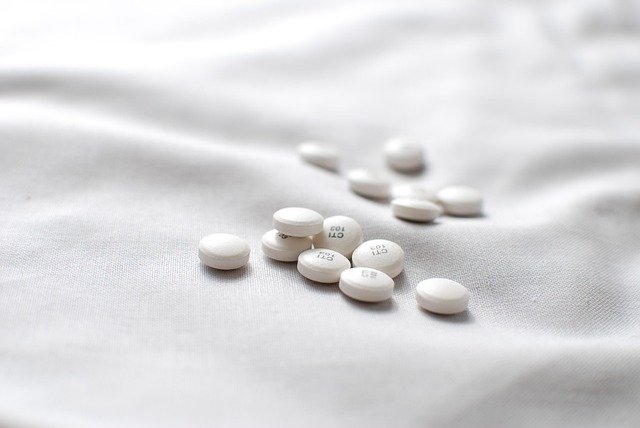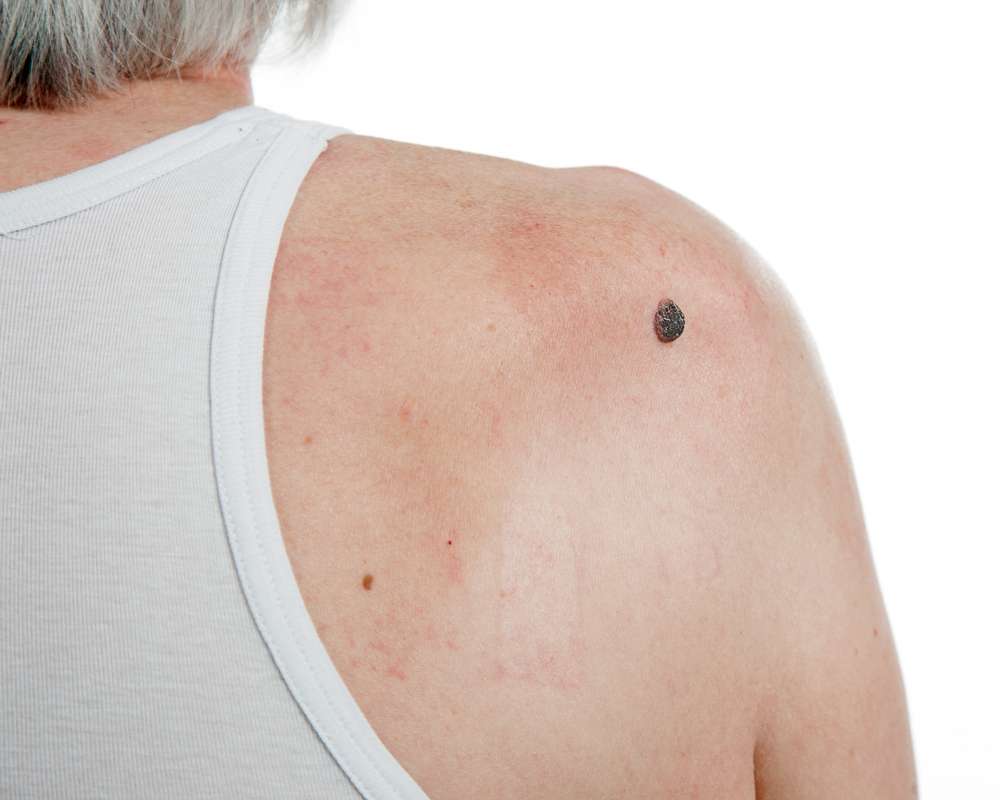Ulcerative Colitis: Effective Strategies and Treatment Choices
Managing ulcerative colitis requires knowing potential triggers, available medications, and lifestyle adjustments that support daily well-being. This guide highlights common treatment options, key symptoms to monitor, and important points to discuss with your healthcare provider.

What Does Severe Ulcerative Colitis Look Like in Daily Life
Severe ulcerative colitis creates substantial challenges that extend far beyond physical symptoms. Patients typically experience frequent, urgent bowel movements—often 10 or more daily—accompanied by blood, mucus, and severe abdominal cramping. The unpredictable nature of flare-ups can disrupt work schedules, social activities, and sleep patterns.
Daily life often revolves around bathroom accessibility, with many individuals planning routes based on restroom locations. Fatigue becomes overwhelming due to chronic inflammation, blood loss, and disrupted sleep. Nutritional deficiencies may develop from poor absorption and dietary restrictions, while emotional stress from the condition’s unpredictability can impact mental health and relationships.
Understanding Pictures of Ulcerative Colitis Through Medical Imaging
Medical imaging plays a crucial role in diagnosing and monitoring ulcerative colitis progression. Colonoscopy remains the gold standard, providing direct visualization of the colon’s interior. During active disease, images reveal characteristic changes including continuous inflammation starting from the rectum, ulcerations, bleeding, and loss of normal tissue patterns.
CT scans and MRI imaging help assess disease extent and complications. These images can show bowel wall thickening, inflammation patterns, and potential complications like strictures or perforations. Radiologists look for specific markers including mucosal edema, submucosal fat deposition, and characteristic distribution patterns that distinguish ulcerative colitis from other inflammatory conditions.
Recognizing Ulcerative Colitis Symptoms Early
Early symptom recognition enables prompt treatment and better outcomes. Initial signs often include changes in bowel habits, particularly increased frequency and urgency. Blood or mucus in stool, even small amounts, warrants medical attention. Abdominal cramping, particularly in the lower left area, frequently accompanies bowel movements.
Systemic symptoms may include unexplained fatigue, low-grade fever, and unintentional weight loss. Some patients experience extraintestinal manifestations affecting joints, skin, or eyes before gastrointestinal symptoms become prominent. Persistent symptoms lasting more than a few weeks, especially when accompanied by bleeding, require gastroenterology evaluation for proper diagnosis and treatment initiation.
Treatment Options and Healthcare Providers
Effective ulcerative colitis management requires a multidisciplinary approach involving various healthcare specialists. Gastroenterologists serve as primary coordinators, specializing in inflammatory bowel disease management and advanced therapeutic options. Colorectal surgeons become essential when medical therapy fails or complications develop.
Treatment options span from oral medications like aminosalicylates for mild disease to biologic therapies for moderate to severe cases. Immunosuppressive medications, including azathioprine and methotrexate, help maintain remission. Newer targeted therapies like JAK inhibitors offer additional options for refractory cases. Healthcare teams may include nutritionists, mental health professionals, and specialized nurses to address the condition’s multifaceted impact.
Medication Strategies and Surgical Interventions
Medication strategies follow a step-up approach based on disease severity and location. Mesalamine-based drugs remain first-line therapy for mild to moderate disease, available in oral and topical formulations. Corticosteroids provide rapid symptom relief during flares but aren’t suitable for long-term use due to side effects.
Advanced therapies include anti-TNF biologics like infliximab and adalimumab, which target specific inflammatory pathways. Newer agents like vedolizumab offer gut-selective action with potentially fewer systemic effects. When medications fail, surgical options include total colectomy with ileal pouch-anal anastomosis, which can provide a cure while preserving continence in appropriate candidates.
| Treatment Category | Examples | Typical Monthly Cost Range |
|---|---|---|
| Aminosalicylates | Mesalamine, Sulfasalazine | $200-$600 |
| Immunosuppressants | Azathioprine, Methotrexate | $100-$400 |
| Biologic Therapies | Infliximab, Adalimumab | $3,000-$8,000 |
| JAK Inhibitors | Tofacitinib | $4,000-$6,000 |
Prices, rates, or cost estimates mentioned in this article are based on the latest available information but may change over time. Independent research is advised before making financial decisions.
The treatment landscape for ulcerative colitis continues expanding with emerging therapies and personalized medicine approaches. Success requires ongoing collaboration between patients and healthcare teams, regular monitoring, and treatment adjustments based on individual response patterns. Early intervention and comprehensive care strategies significantly improve long-term outcomes and quality of life for individuals living with this chronic condition.
This article is for informational purposes only and should not be considered medical advice. Please consult a qualified healthcare professional for personalized guidance and treatment.




